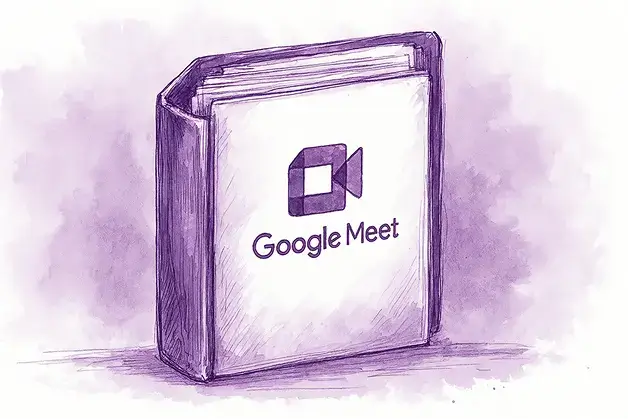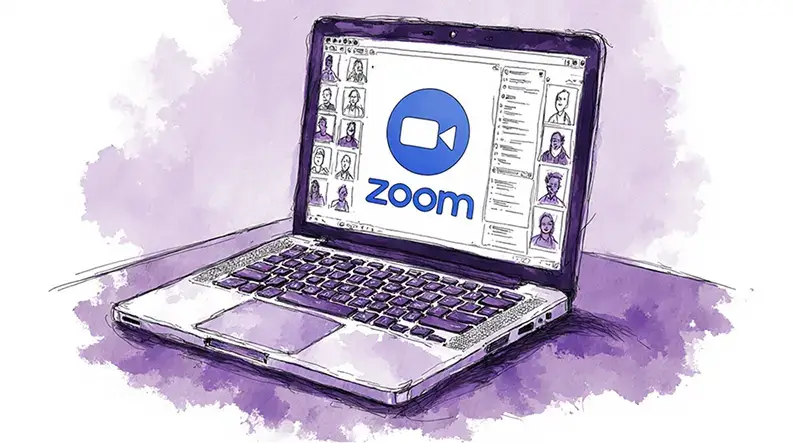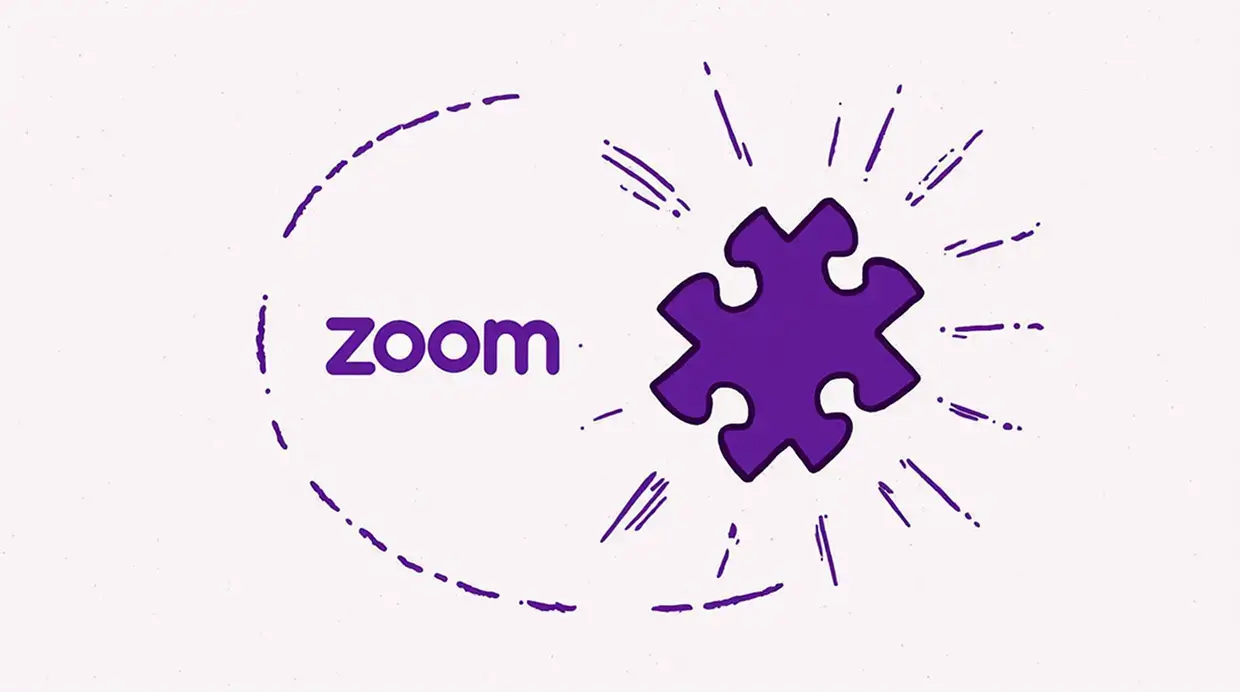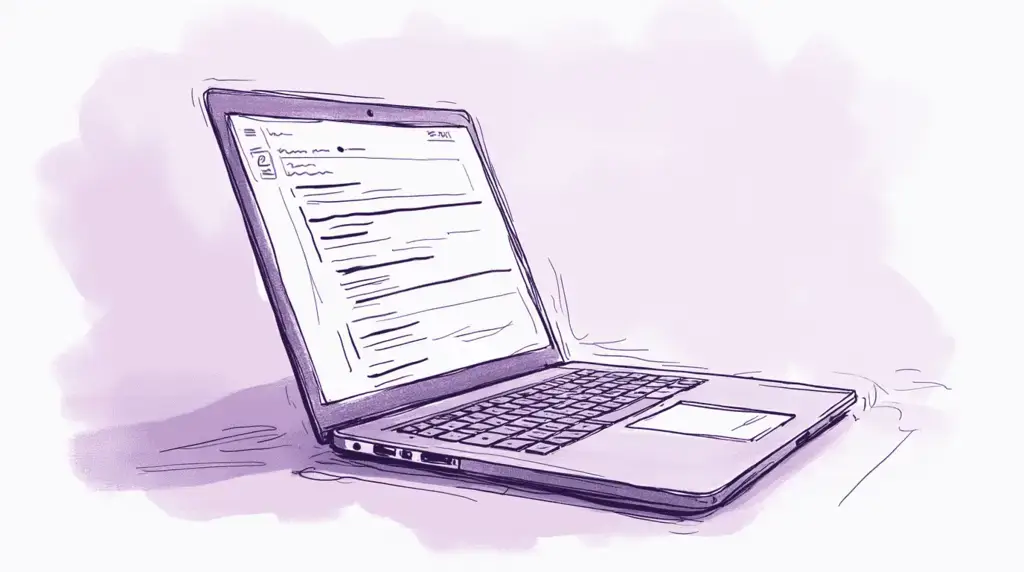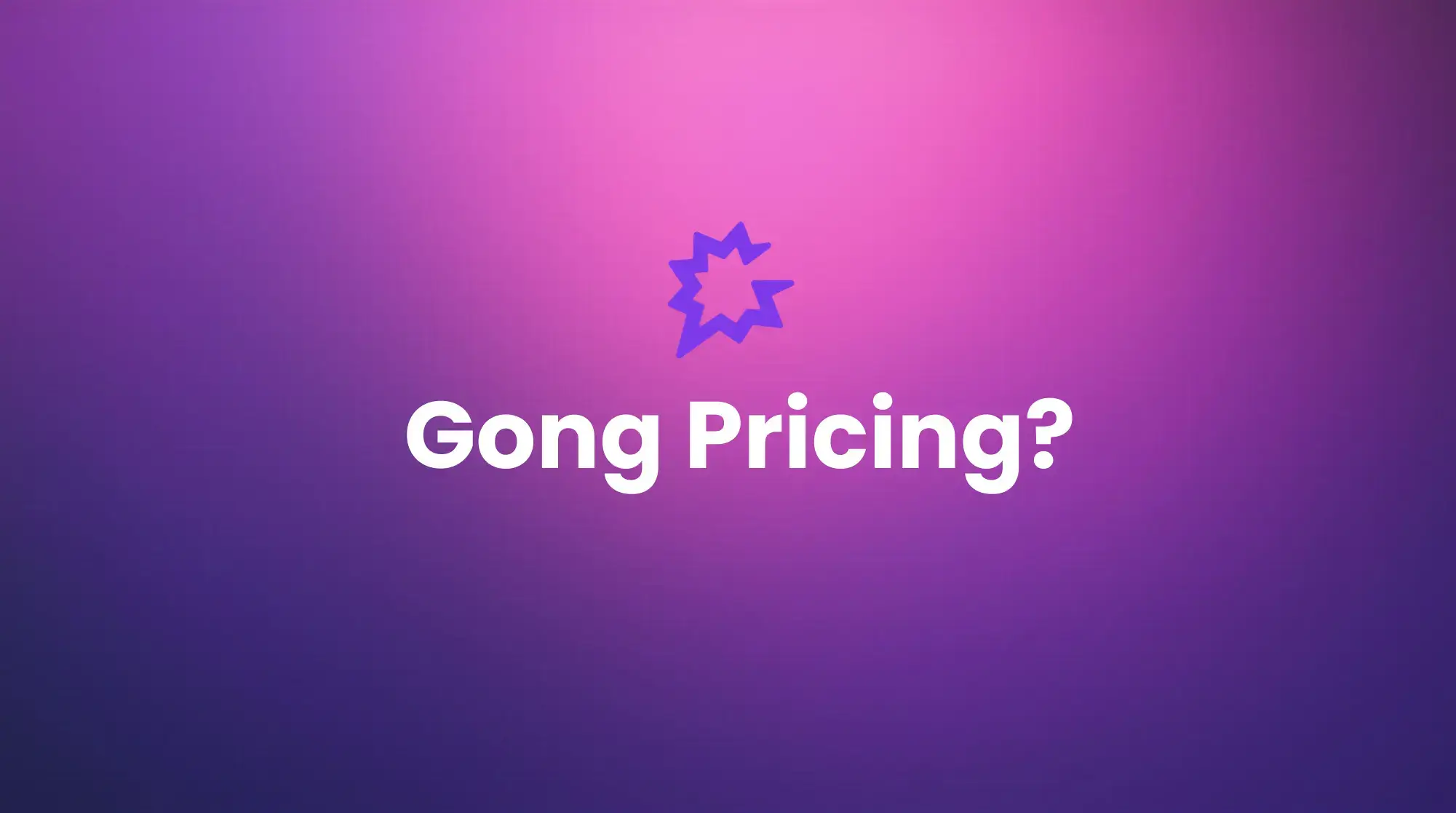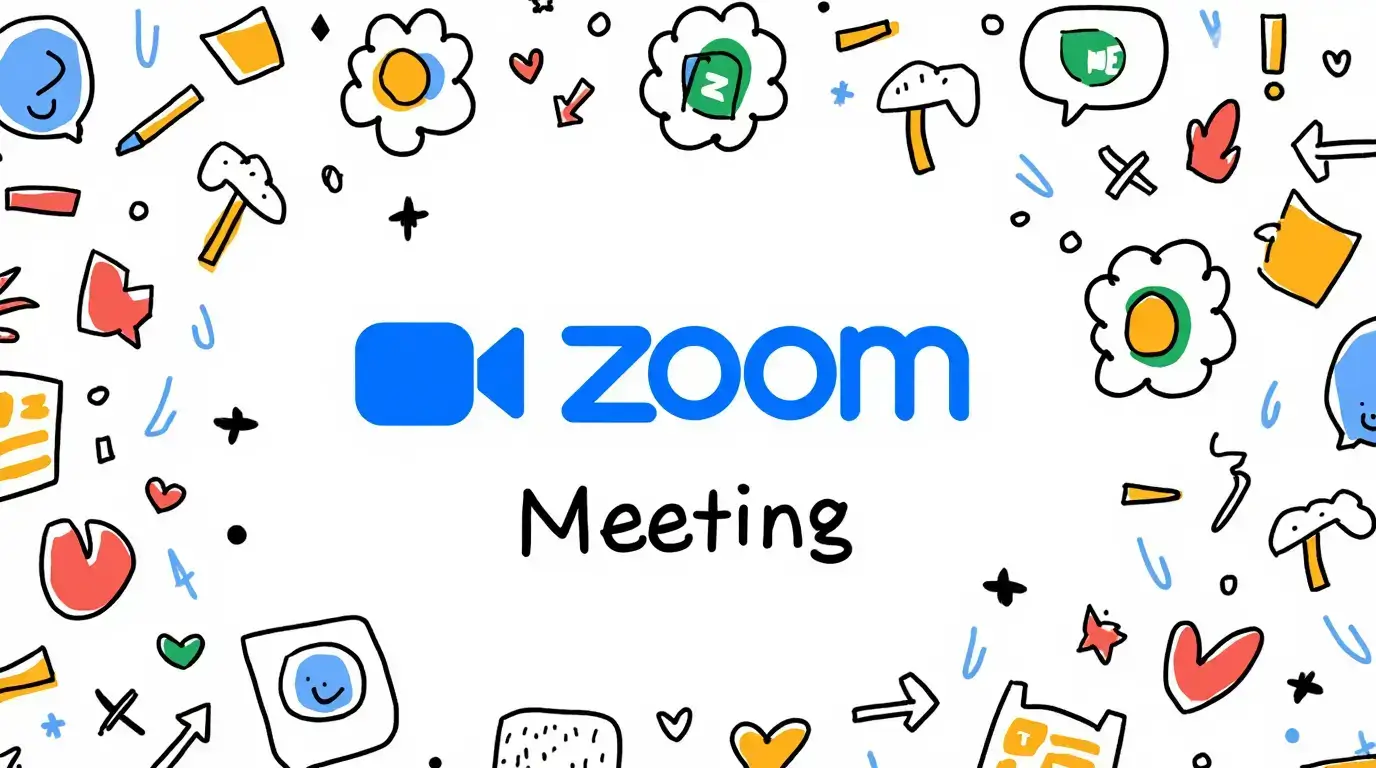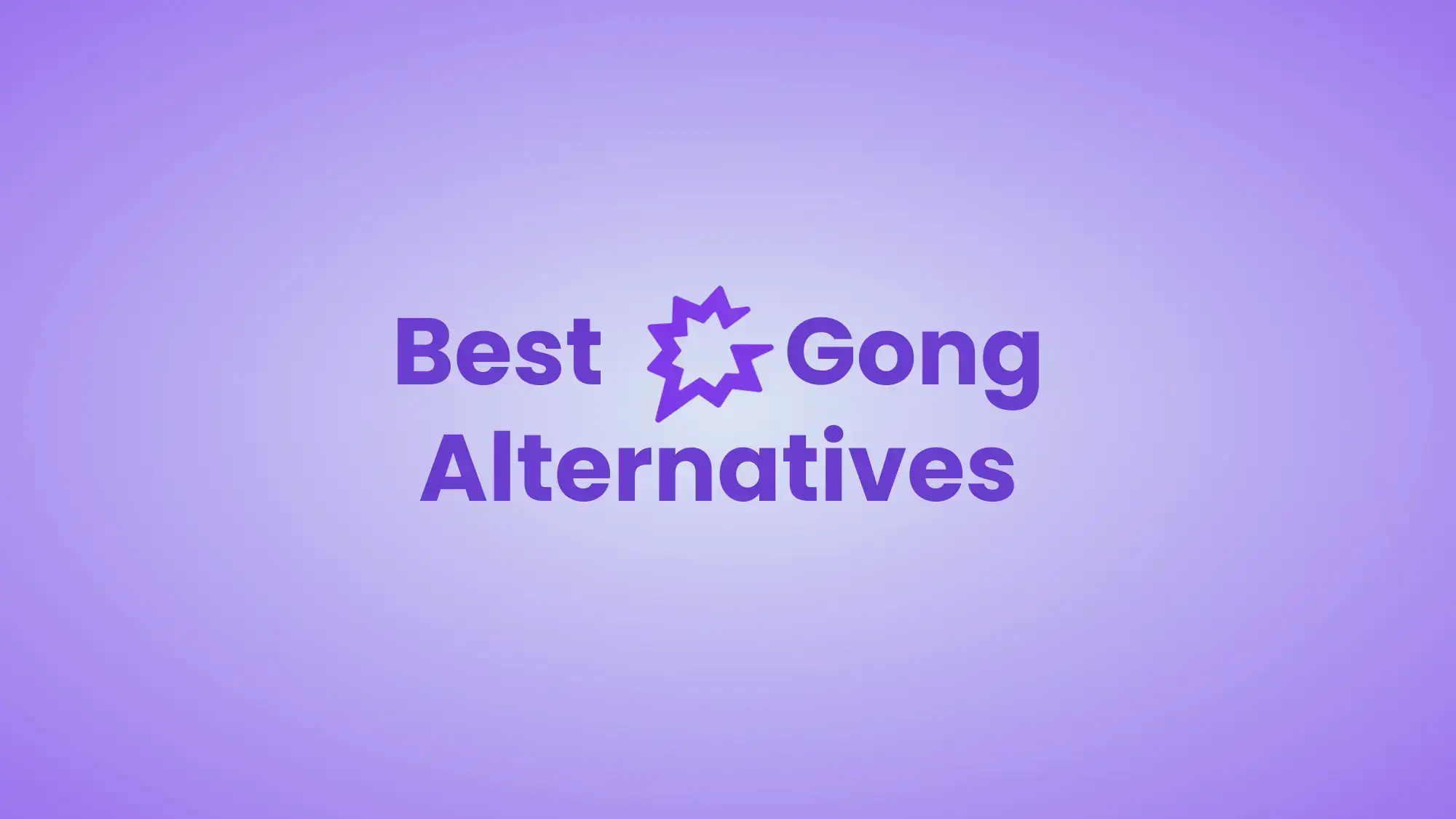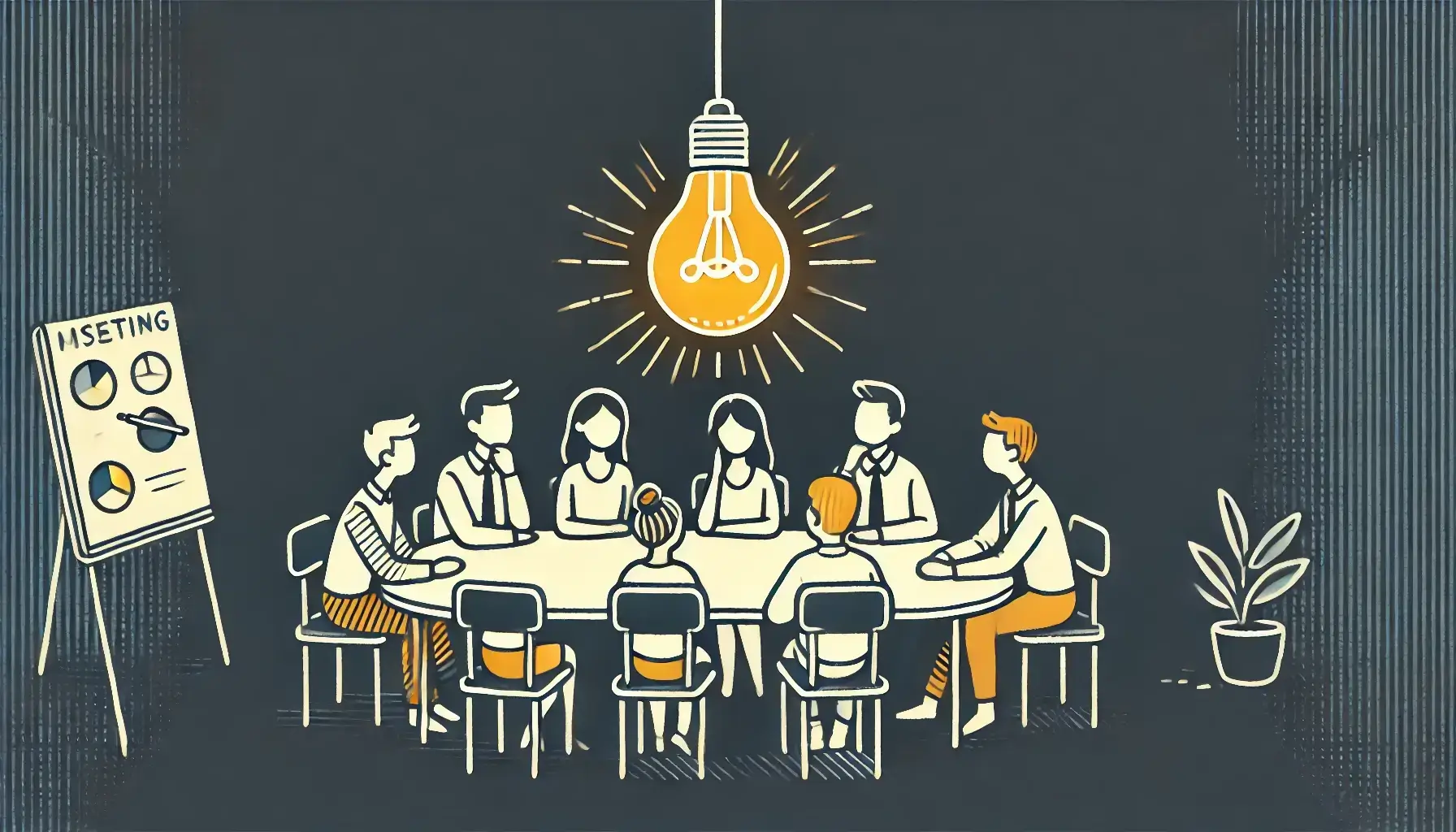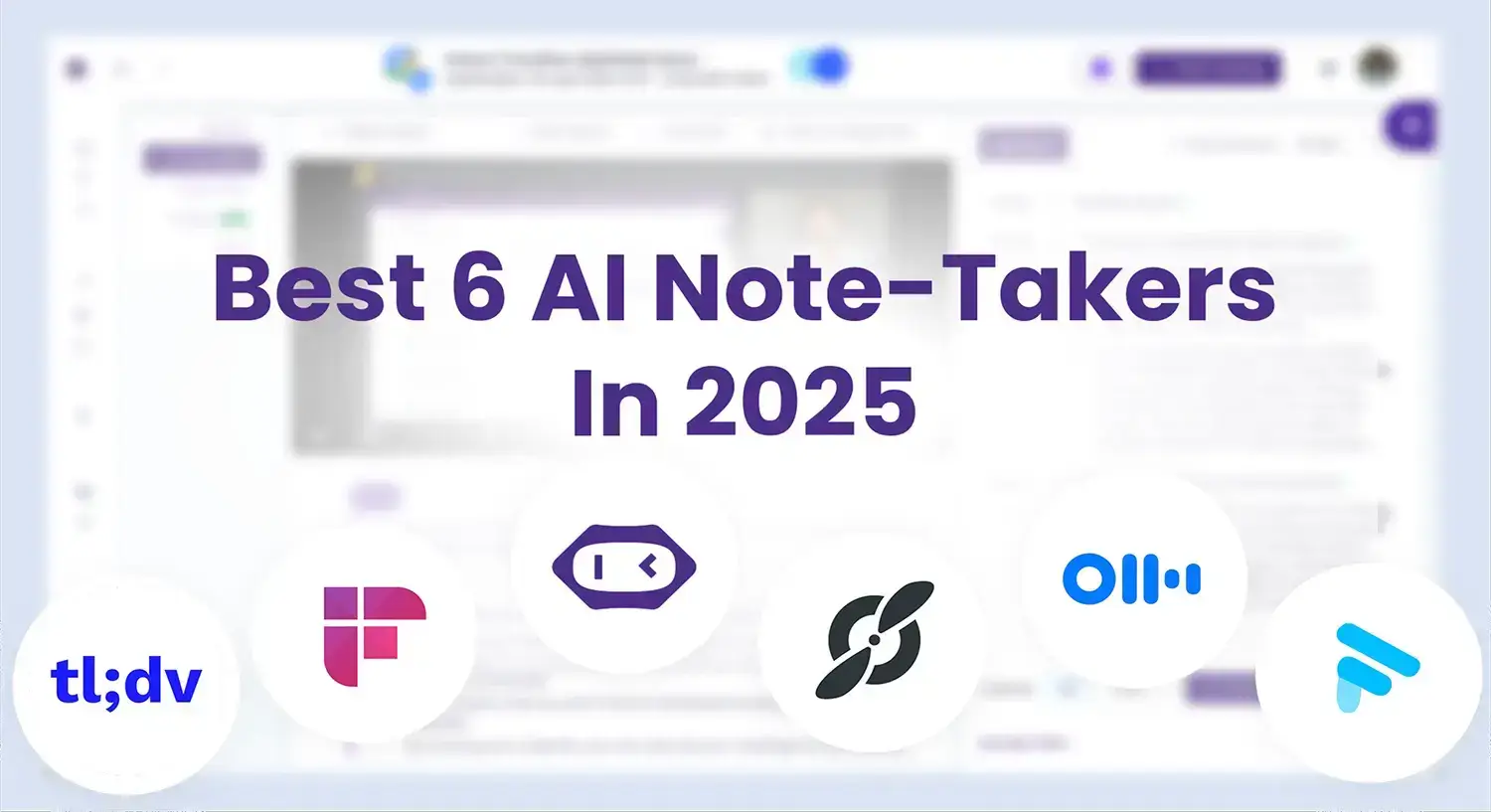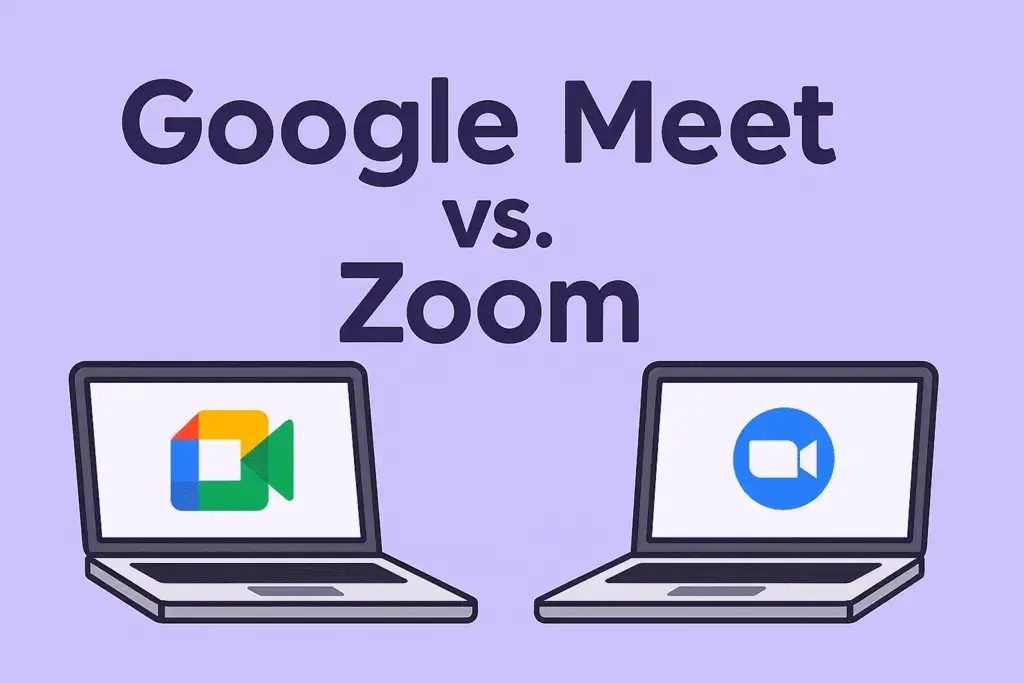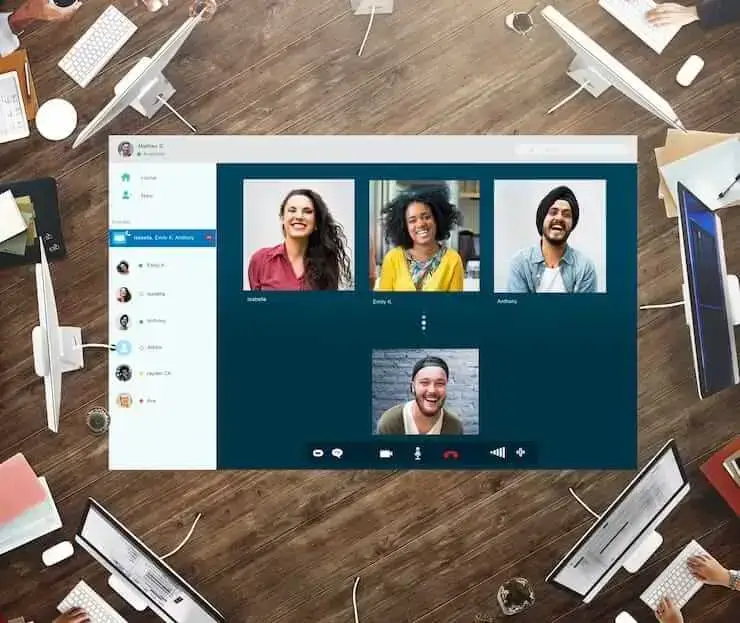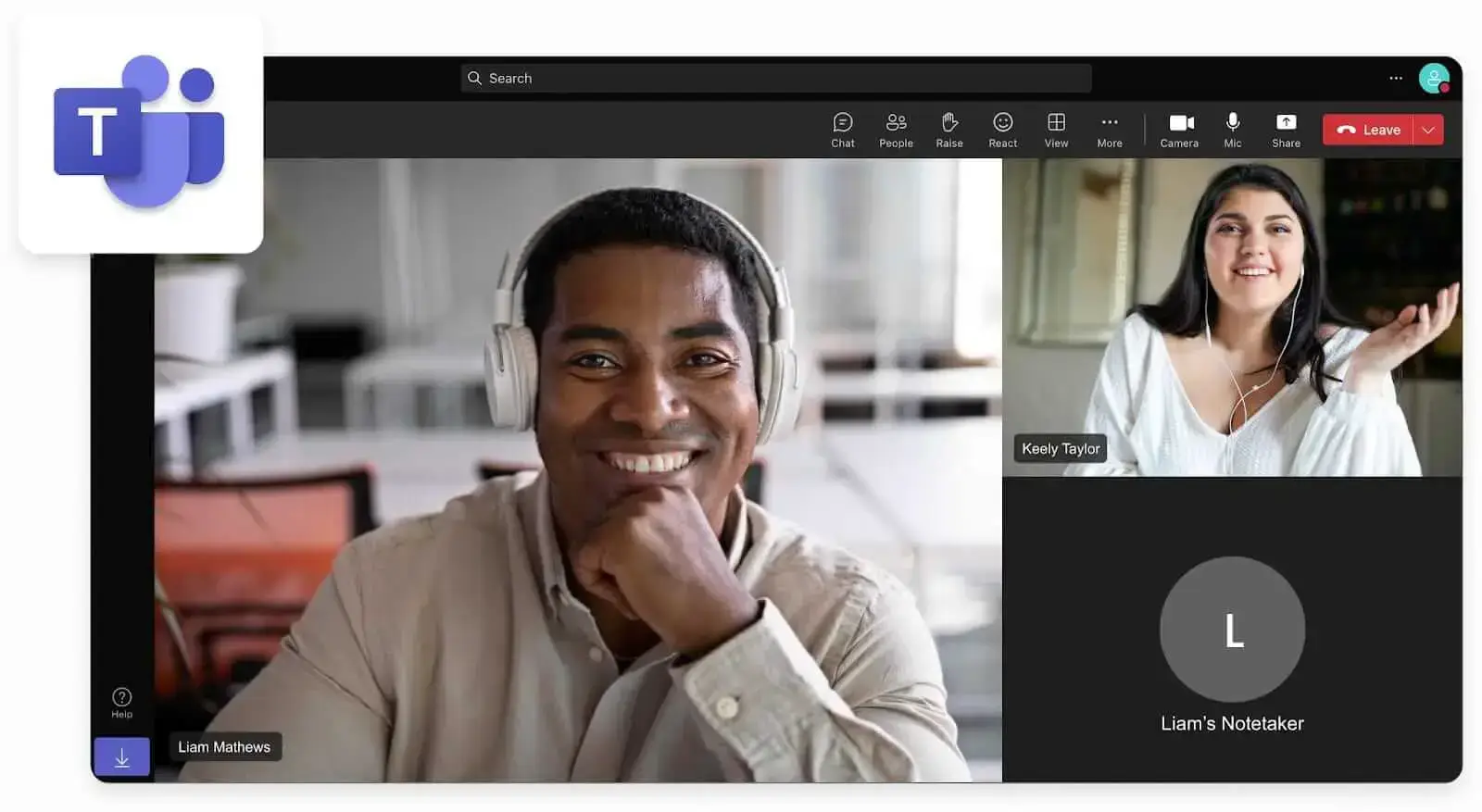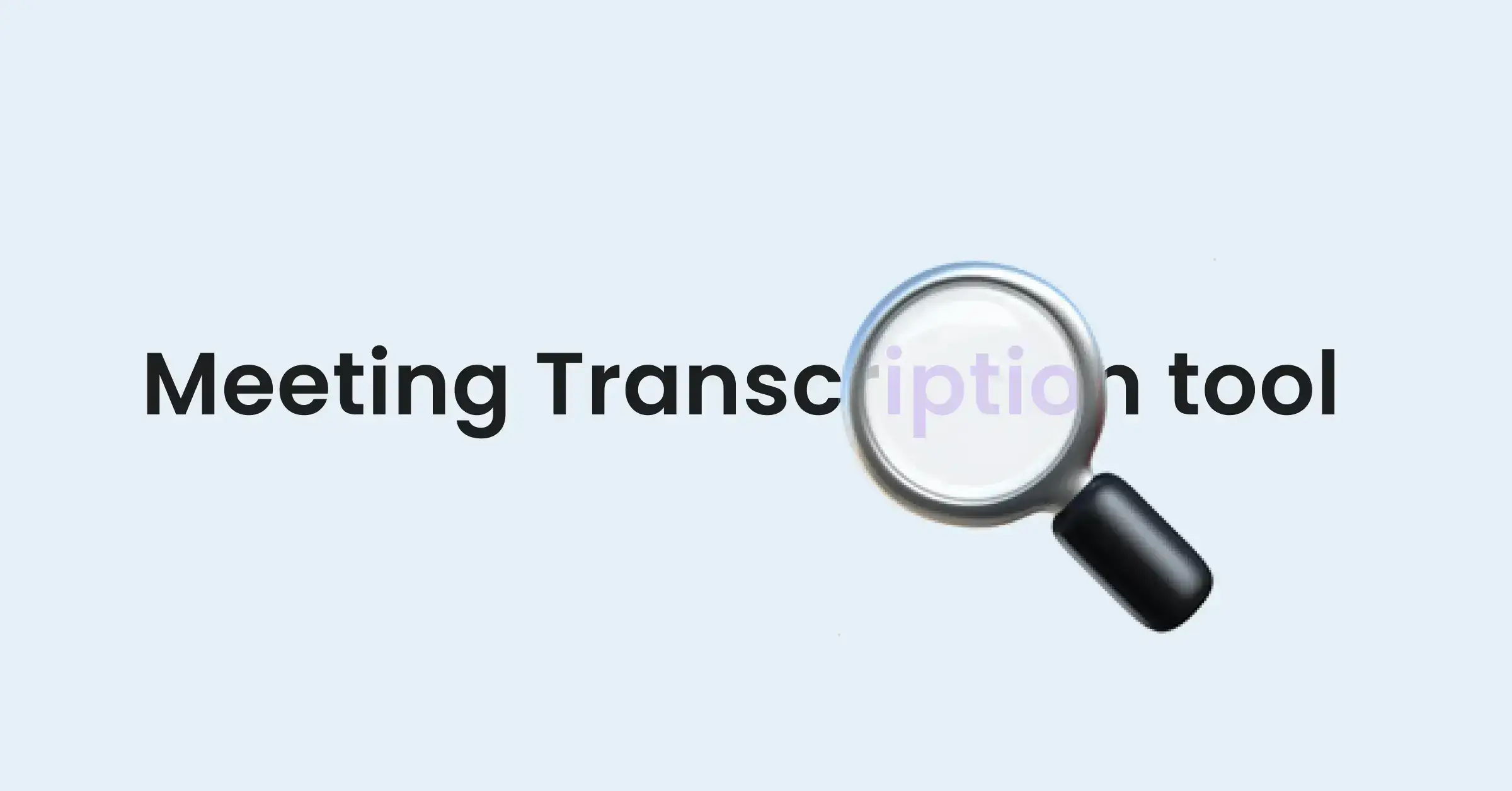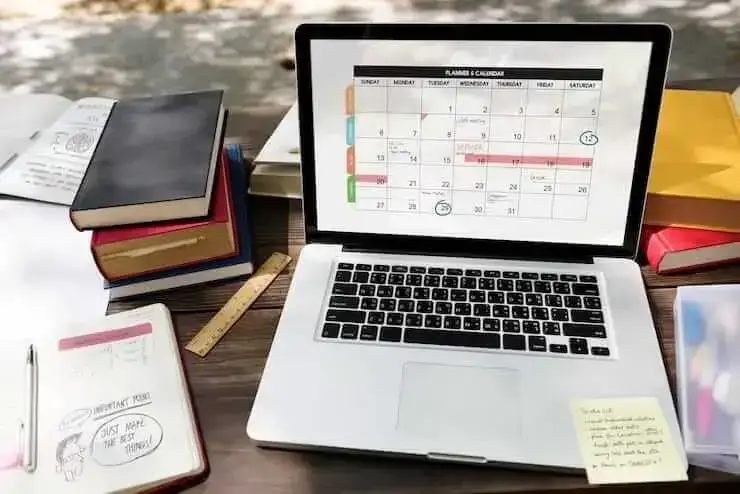How to Choose the Right Meeting Cadence: The Manager’s Playbook
Unlock the secrets to setting the perfect meeting cadence for optimal team productivity with this guide for managers.

✅ Free meeting recording & transcription
💬 Automated sharing of insights to other tools.

Image Source: cookie_studio on Freepik
As a manager, determining the optimal meeting cadence can make a world of difference between a team that's energized and one that's overwhelmed by unnecessary gatherings.
A recent study revealed that executives spend an average of nearly 23 hours a week in meetings, more than double the amount compared to the 1960s. This statistic highlights a critical challenge: in our effort to stay connected, are we tipping the scale towards counterproductive over-communication?
In this article, we'll explore how to assess the frequency, format, and focus of your meetings to ensure they are a valuable use of time rather than a drain on productivity. Are you ready to turn your meetings into catalysts for success?
What is Meeting Cadence?
Meeting cadence refers to the rhythm or schedule at which meetings are held within a team or organization. It's all about how frequently these meetings occur, whether they're daily, weekly, bi-weekly, monthly, or even quarterly.
But it's not just about marking dates on a calendar; it's about strategically planning these interactions to ensure they are effective and beneficial. Setting the right meeting cadence can help in maintaining team cohesion, ensuring clarity of goals, and fostering a productive work environment.
Understanding the Different Types of Meetings

Each type of meeting serves a unique purpose, and understanding these differences is key to effective team management. Let’s break down the most common meeting cadences!
Daily Meetings
These are your short, stand-up meetings, often held at the start of the day. They're typically 15–20 minutes long, focused on quick status updates, and setting the tone for the day ahead.
Daily recurring meetings are great for keeping everyone on the same page and identifying any immediate hurdles that might impede progress.
Weekly Meetings
Weekly team meetings are the cornerstone of regular team communication. These sessions, usually lasting about an hour, are designed to strike a balance between detailed discussion and concise communication.
A weekly meeting cadence is ideal for reviewing progress, addressing ongoing projects, and planning for the upcoming week, which is why project team meetings typically fall into this category.
Bi-Weekly or Monthly Meetings
Bi-weekly or monthly meetings are deep dives that allow for extensive discussions on larger projects, comprehensive reviews, and strategic planning. These meetings are crucial for setting long-term goals, evaluating performance, and making significant decisions that affect the course of your team’s work.
Quarterly Meetings
Quarterly meetings are the strategic checkpoints of your organization. They often involve higher-level planning and review. A quarterly meeting cadence is the perfect opportunity for team leaders to assess their team's alignment with the broader organizational goals, make adjustments to strategies, and set objectives for the next quarter.
Annual Team Meetings
The annual team meeting is a significant event, as it’s a time for reflection and forward planning. These meetings often involve celebrating milestones, learning from setbacks, and setting ambitious goals for the year ahead.
How Are Virtual Meetings Different?
When it comes to virtual meetings, the rules of engagement differ slightly from their in-person counterparts.
In the digital realm, where screen fatigue is real and distractions are a click away, fine-tuning your meeting cadence to avoid having too many meetings becomes even more critical.
Virtual environments offer a unique advantage: flexibility. Use this to tailor your recurring meeting schedules to fit the diverse needs and time zones of your team members. This might mean alternating meeting times or being open to asynchronous communication methods.
Differentiate between quick check-in meetings and deep-dive sessions. For an ordinary daily or weekly team meeting, keep things brief and agenda-driven. Monthly or quarterly deep-dive meetings can be longer to allow for thorough discussions, but ensure they are well-structured to maintain focus and engagement.
For critical meetings, consider recording the session (with everyone's consent) and sharing it with the team. This ensures that those who couldn’t attend can catch up at their convenience, fostering inclusivity and keeping everyone aligned.
MeetGeek is an AI meeting enabling platform that automatically records, transcribes, summarizes, and analyzes your meetings.
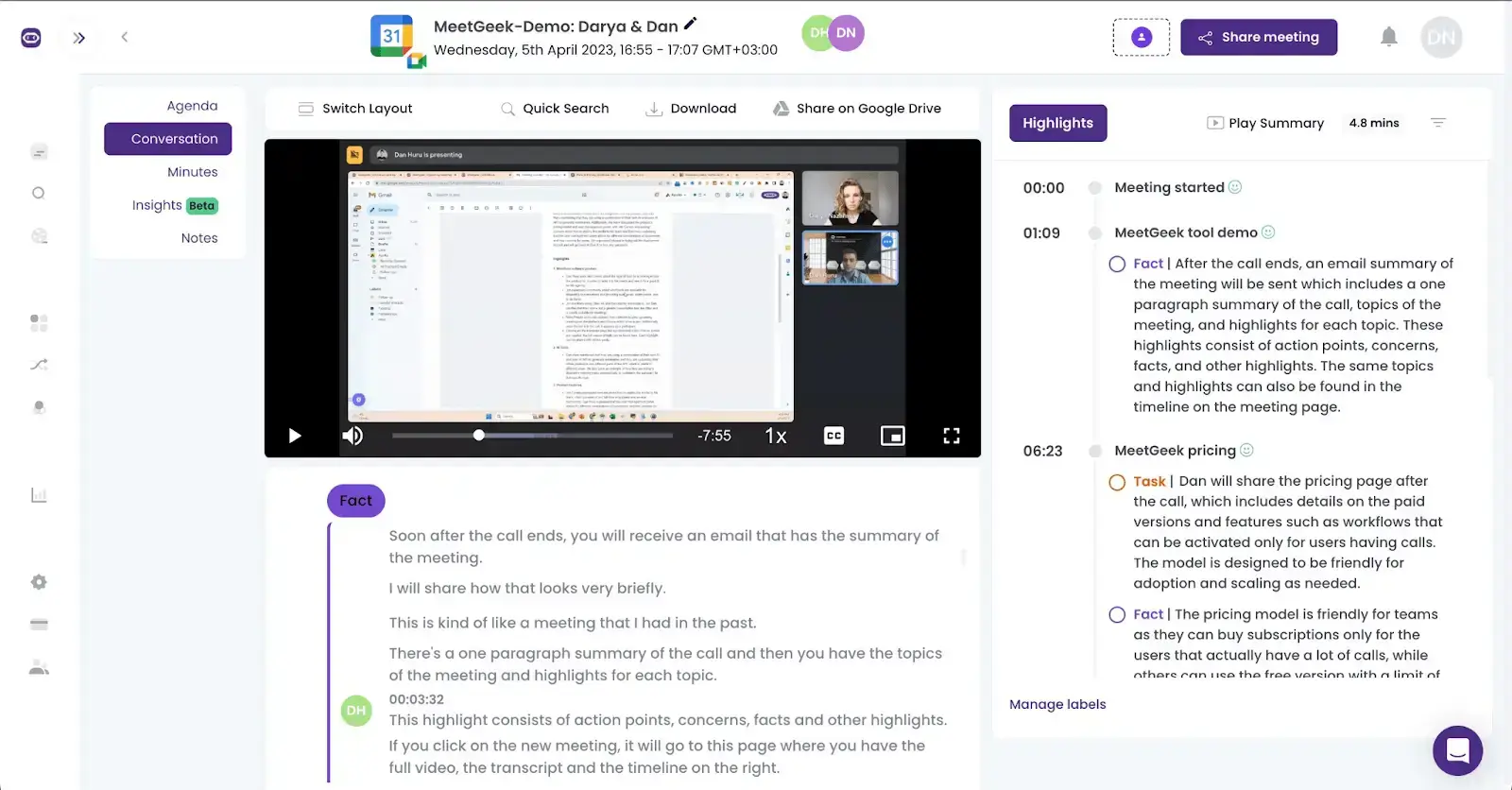
The best part? MeetGeek offers a variety of features that can help with meeting cadence optimization, including:
- Meeting insights and analytics: Get comprehensive insights into meeting patterns, duration, attendance, and engagement metrics to analyze meeting effectiveness and optimize meeting cadence.
- Automated meeting transcription and note-taking: MeetGeek automatically transcribes and summarizes meetings, providing detailed notes that capture all important discussion points, decisions, and action items.
- Meeting recording and sharing: Easily capture meetings and share the recordings with team members who were unable to attend live to ensure that everyone stays informed about project progress and decisions.
- Repository of conversations: Don’t let small inconsistencies ruin a well-thought-out meeting cadence. Have all your meetings saved in one place and access the records to have a clear overview of your meeting strategy.
5 Factors to Consider When Determining Meeting Cadence
To create an effective meeting cadence, you must approach the process strategically.
Here are 5 factors to consider when determining meeting cadence:
- Team size and dynamics
- Project complexity and urgency
- Your team’s work style and preferences
- Participants’ availability
- Meeting environment
A. Team Size and Dynamics
The size of your team plays a significant role in determining an effective meeting cadence.
Smaller teams might benefit from more frequent check-ins, as they often rely heavily on collaboration and quick feedback loops. On the other hand, larger teams may find too many meetings counterproductive, leading to decision fatigue and reduced participation.
Additionally, understanding the interpersonal team member dynamics is paramount, since teams that thrive on constant interaction require more frequent touchpoints than those that operate more independently.
B. Project Complexity and Urgency
The nature of your team’s projects should significantly influence your meeting schedule.
Complex projects with many moving parts require a more frequent meeting cadence to ensure alignment and timely problem-solving. Conversely, for teams working on more straightforward tasks, less frequent check-ins may suffice.
Consider the project timelines too. Projects with tight deadlines or high urgency might require daily stand-ups, whereas long-term projects may only need weekly or bi-weekly meetings for status updates.
C. Your Team's Work Style and Preferences
Some teams might prefer short, daily huddles to stay connected, while others might find weekly or bi-weekly meetings more conducive to their workflow.
It's important to consider the individual working styles within your team. For instance, if your team consists of individuals who favor deep work periods without interruptions, too many meetings could be highly disruptive and hinder productivity.
D. Participants’ Availability
The availability of key participants is a practical aspect that can't be overlooked, particularly when team members may be spread across different time zones. Scheduling meetings at a time that’s convenient for everyone can be challenging but it is essential to ensure maximum participation and effectiveness.
E. Meeting Environment (Online/Offline)
The format of your meetings — whether online or offline — can influence their frequency and duration. Virtual meetings, for instance, can be more frequent since they require less logistical planning and allow participants to join from anywhere. However, they also demand more concise agendas to combat screen fatigue.
In contrast, in-person meetings might happen less frequently but could be longer and more in-depth, taking advantage of the benefits of face-to-face interaction. Consider the nature of the meeting and choose the format that best suits its objectives.
How to Choose the Proper Meeting Cadence for Your Team
Here are seven steps to help you optimize your meeting cadence:
- Assess your team’s needs
- Set the optimal meeting cadence
- Implement the meeting cadence
- Experiment with different cadences
- Get feedback from your team members
- Adapt meeting cadence to changing team dynamics
A. Assess Your Team's Needs
Start by analyzing your current meeting structure. Are there meetings that consistently run over time or seem to lack focus? Do team members feel that meetings are interrupting their workflow?
A survey by Atlassian revealed that the average employee spends approximately 31 hours per month in unproductive meetings. Identifying such pain points is the first step in optimizing your meeting strategy.
Afterward, proceed to reflect on your team’s workload and priorities. Teams with high-pressure deadlines might need more frequent check-ins, while those working on longer-term projects could benefit from less frequent, but more in-depth meetings.
B. Set the Optimal Meeting Cadence
To set a meeting cadence that works, you must incorporate a strategic element into the process. Here’s what you need to do:
- Determine the frequency and duration of meetings: Based on your assessment and feedback, deciden how often and how long your meetings should be.
- Develop a clear meeting agenda and structure: Every meeting should have a clear agenda sent out in advance. For recurring meetings, it’s best to use the same or a similar structure. This helps participants prepare and ensures that the meeting stays on track.
- Establish clear meeting guidelines and expectations: Set guidelines on participation, punctuality, and meeting etiquette. Clear expectations lead to more productive meetings.
- Balance synchronous and asynchronous meetings: Not everything needs to be discussed in a live meeting. Encourage the use of asynchronous communication, like emails or project management tools, particularly for updates that don't require immediate discussion.
C. Implement the Meeting Cadence
Once you’ve set a new meeting cadence, communicate it clearly to your team. Explain the reasoning behind the changes and how you expect them to impact productivity and team dynamics.
PRO TIP: As the leader, it’s your job to facilitate meetings that are engaging and productive. Keep discussions focused, encourage participation, and ensure that each meeting has a clear outcome. This helps to ensure that you picked the right meeting cadence.
D. Experiment with Different Cadences
Don’t be afraid to experiment. If daily stand-ups turn out to be overwhelming, try switching to bi-weekly. Observe how changes in meeting frequency impact productivity and morale. It’s a process of trial and error to find what works best for your team.
E. Get Feedback from Your Team Members
Gathering feedback is crucial. Encourage team members to share their thoughts on the meeting process — what they find helpful, what can be improved, and how they feel about the frequency of meetings. This feedback is invaluable in shaping a meeting cadence that suits everyone.
F. Adapt Meeting Cadence to Changing Team Dynamics
Teams evolve, and so should your meeting cadence. Regularly review and adjust your meeting strategy to align with the changing needs and dynamics of your team.
Optimize Meeting Cadence for a Thriving Team with MeetGeek!
Remember, there's no one-size-fits-all solution. The ideal meeting cadence varies from team to team, influenced by work style, project demands, and team dynamics. It requires a thoughtful approach, one that considers the unique nuances of your team and adapts to their evolving needs.
As you embark on this journey to optimize your team's meeting schedule, why not enhance your approach with the right tools? From AI meeting notes to actionable insights, MeetGeek offers a suite of features that can transform the way your team conducts meetings.
Give MeetGeek a try and experience the difference it can make in streamlining your meeting process and boosting your team's productivity!
.avif)









